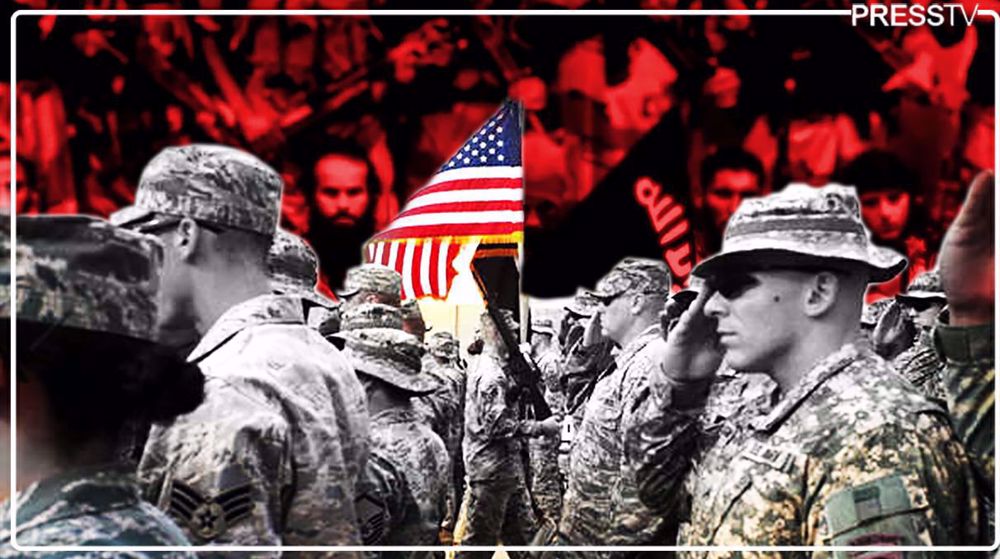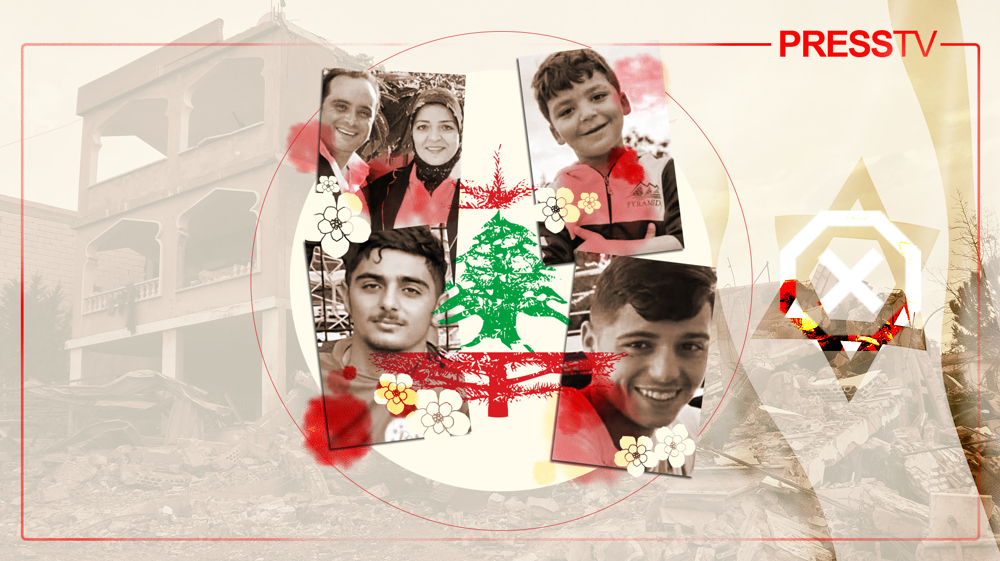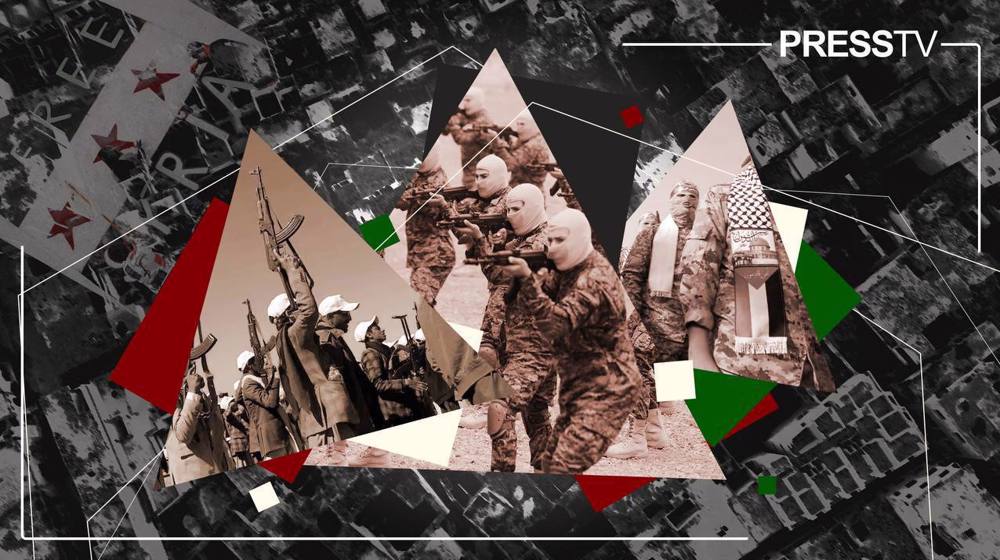US occupation stubborn, but on verge of expulsion
By Julia Kassem
A Daesh (ISIS) resurgence not seen in the region in years has accompanied the uptick in meddling by the US coalition in Iraq and Syria. Last month, a blast in Basra, southern Iraq killed at least four civilians in a region that has not seen a Daesh attack since the terror group was officially declared defeated in 2017. In Lebanon, a January 12 report in al-Akhbar disclosed that 65 youths from Tripoli, an impoverished city in northern Lebanon, had went off to join Daesh, a development which had followed reports from months prior regarding the strange disappearance of up to 150 young men and teenagers under 20 from Lebanon to Iraq.
Throughout 2020, the UN and the US warned against an “ISIS resurgence” that coincided with the expansion and re-spawning of the militant group in regions where US occupation was receding, such as this uptick in attacks that year in Iraq and Syria.
Like Daesh, the US-led occupation coalition demonstrated its increased resistance to its withdrawal from the region. Despite the deadline placed upon the US to have its troops withdrawn by December 2021, the US made it clear that it was set on continuing its occupation and resisting withdrawal , allowing first the unconvincing pretext of its so-called “advisory role” to serve as the pretext for the prolongation of its occupation and to outright justify its military aggression as “defensive.” John Kirby in a January 4 Pentagon briefing said US insisted in the Occupation’s “right to self-defense” against resistance groups in Iraq in its offensive and illegal occupation. It is an essential repetition of the post-2007 political climate when the US-Iraq Status Forces of Agreement, mandating that all ground troops were to leave by 2011, was forgotten with the re-entry of the US coalition, under the cover of fighting against Daesh, in 2014. Again, the resurgence of Daesh in the years after the thwarting of the foreign project against Syria shows itself as, again, an American sponsored provocation, given that Daesh mercenaries have confessed to cooperating with the US at al-Tanf and SDF members and commanders, such as former Daesh commander Abu Khawla, shifting garbs to continue their service to the occupation, with the former legitimizing its presence and the latter (SDF) openly reinforcing it.
But it is more a response to the vows undertaken by the Iraqi Coordinating Committee, the post-November 2021 reassembly of the Iraqi resistance that, in noting the shortcomings of attempting to remove the US occupation through the heavily infiltrated Iraqi governmental channels took once again to resistance to enforce its ultimatum with an end-of-the-year deadline.
The main defeaters of Daesh in Iraq and Syria, IRGC Commander Qassem Soleimani and Abu Mahdi al Muhandis, were killed in a US airstrike on January 3, 2020, and from the vote [a bill was] put forth by the anti-imperialist factions within the Iraqi government two days later to remove the US occupation from Iraq.
As Hisham al-Haidari said on January 17, 2020, just over a week after the operation at the Ain al Assad airbase, the only thing more powerful than the Commanders Soleimani and Muhandis were the Martyrs Soleimani and Muhandis. Their martyrdom officially numbered the days of the Zionist and US occupation of the region. This resolution was adhered to throughout 2020, when Iran-allied Iraqi resistance forces pushed back against US occupation bases in Iraq. This began with the heroic strike on the Ain-al-Assad airbase on 8 January, a feat that humiliated the American occupation, who desperately tried to conceal its casualties. For months in 2020, rockets rained down on American occupation bases in Iraq, a trend that continued into 2021.
The American occupation has used its proxies to secure its hold in formerly Daesh-held areas in the northeast of Syria and north of Iraq respectively, using the SDF to steal oil - to a tune of 140,000 barrels a day in early 2021.
In response, the passageway of US convoys, reinforced by allies from the SDF, from al-Hasakah to Iraq, has received blockings from Syrian villagers and army members in towns. Near-daily IED attacks on US convoys from the Iranian and Iraqi resistance and onto American bases in Iraq and Syria have intensified. In just the last 3 months, US troops were forced to evacuate the illegal al-Tanf airbase twice. The first time, in October 2021, came ahead of a raid seeing the evacuation of 200 troops and the second, an evacuation of US troops and equipment from al-Tanf to Jordan on January 6 of the New Year, came with the impending vow by the Resistance group to strike the base on the second anniversary of Soleimani and Muhandis’s martyrdoms.
While oil was a big factor and longtime motivating force for the US occupation, with the passage of US occupation convoys from Syria’s al-Hasakah supplying US bases in Iraq with oil, countering the increasingly strong and resilient Resistance Axis is the main, and evidently, losing battle. The US is stubborn to remain in Syria and Iraq but also knows of its impending regional defeat amidst the growing strength and coordination across all fronts of the Resistance Axis.
If 2020 marked the launch of the Resistance Axis project to expel the American occupation from the region, 2022 will mark the decisive decline of its last leg in its foothold. Militarily, all fronts of the resistance axis, from Iran to Iraq, Lebanon, Yemen, Syria, and Lebanon, have demonstrated unprecedented strength and success. Economically, and institutionally, Iran is leading the regional effort against American economic hegemony, joining China and Russia in providing the region a promising outlook from the crushing impacts of economic subservience and sanctions from the US.
Syria’s recent integration into the Chinese Belt and Road initiative and Iraq’s increasing infrastructural deals with Beijing show that, despite the abysmal economic state of the region, whose effects under sanctions and economic siege have been worse than military siege in many ways, it is the grip of Empire’s last and most aggressive dying blow that marks the growing pains of the regional transition out of its dependence.
Hashem Saffeidine, of Lebanese Hezbollah, said in October that while the Lebanese resistance has not yet waged the battle to remove American interference from Beirut’s institutions, it is prepared for when the time comes. The US and “Israel” are tactically, militarily, and politically at their weakest points and free-falling in a “downward spiral,” as Sayyed Ali Khamenei said during the May 2021 siege on Gaza, “that has started and will not stop.”
Julia Kassem is an Economics and Political Science graduate from the University of Michigan, currently working on a Masters in Urban Policy and Planning from the American University of Beirut. Julia is also a freelance writer, having contributed to Detroit's own Riverwise, Against the Current, blogs like the Establishment, and nationally syndicated outlets such as Counterpunch, Mintpressnews, and TruthOut.
Spain jurists demand ties with Israel ties be cut
VIDEO | Press TV's news headlines
VIDEO | Iran honors top Science Olympiad medalists
VIDEO | Austrians arrested at Gaza protest in Vienna
10 killed in bus crash in western Iran
VIDEO | One-man-band journalism with Civili
5 Israeli forces killed as Palestinian fighters face up to regime’s war machine
VIDEO | An insider's view of the country: Persian Tahini, Royan in Mazandaran










 This makes it easy to access the Press TV website
This makes it easy to access the Press TV website